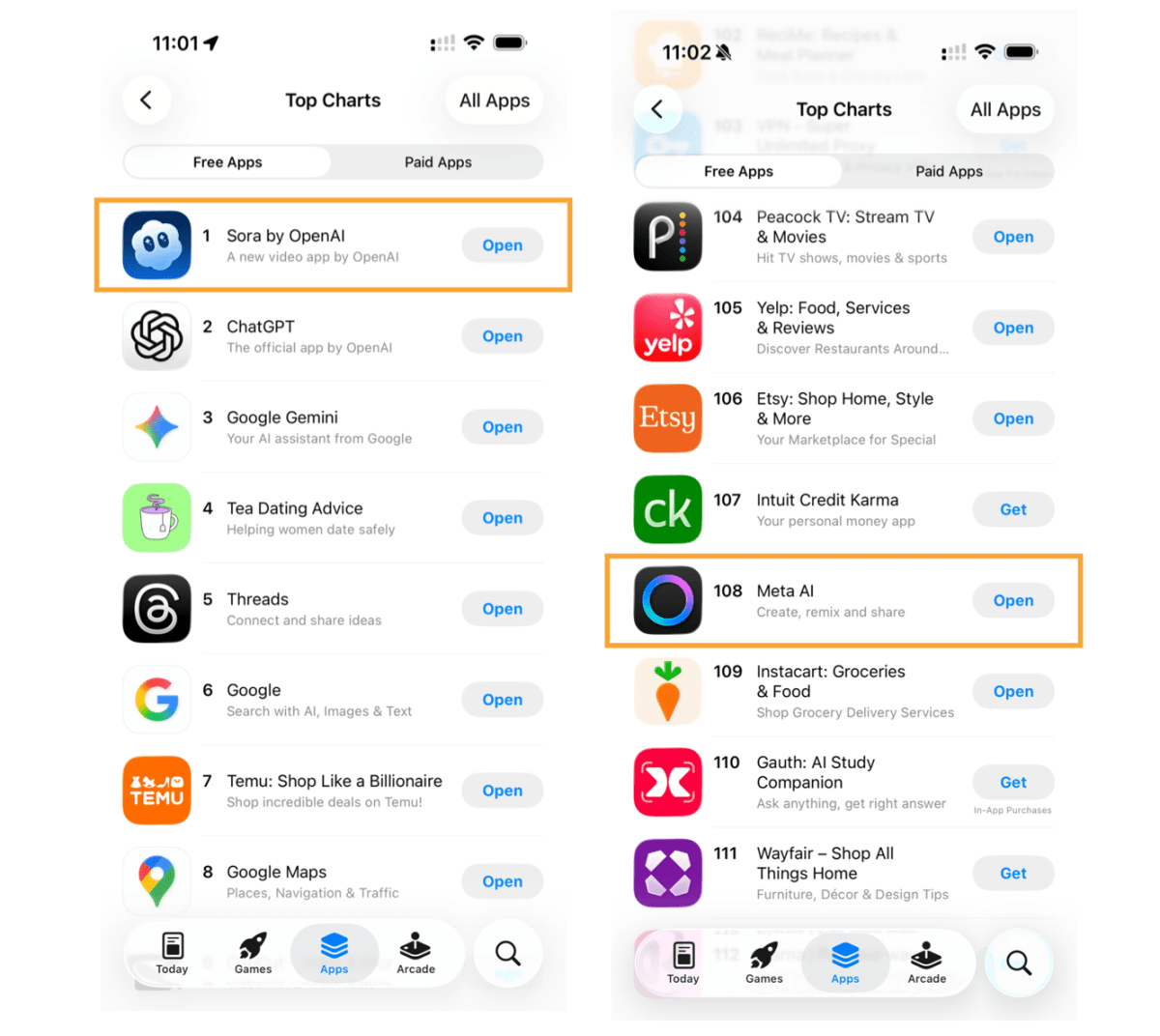The launch of OpenAI’s new application, Sora, has stirred significant interest in the landscape of AI-generated video platforms. With its unique features, Sora has quickly gained traction, challenging established players like Meta and YouTube. The app allows users to produce and share content seamlessly, tapping into the growing trend of AI integration in creative processes.
Sora differentiates itself by enabling users to create videos that incorporate “cameos” from friends and family, enhancing the social aspect of content creation. The platform has drawn comparisons to TikTok and Vine, as both platforms revolutionized user-generated video content. According to technology analyst M.G. Siegler, the application is more than just a tool for consumption; it empowers individuals to express their creativity effortlessly.
The core revelation surrounding Sora lies in its ability to democratize content creation. Users who may lack the skills or equipment to produce high-quality videos can now generate engaging content with minimal effort. This shift highlights a broader trend in the technology sector where tools traditionally reserved for professionals are becoming accessible to the general public.
Vibes, another application from Meta, has also entered the fray, aiming to cater to those who prefer a more passive consumption experience. The stark contrast between Sora and Vibes reflects a fundamental difference in target audiences. While Vibes seems designed for the 90% of users who consume content, Sora actively engages the 1% of creators and the 9% of editors/distributors. This segmentation raises questions about the sustainability of these platforms in meeting diverse user needs.
Although initial impressions of Sora may vary, its potential to foster creativity has resonated with many users. Feedback indicates that the real allure of Sora lies not only in browsing but also in the ability to create and share content, which can lead to unexpectedly immersive experiences. This aspect of the app has led to a reevaluation of its value in the market.
The accessibility of content creation tools has prompted comparisons to past technological advancements. Steve Jobs once described personal computers as “bicycles for the mind,” emphasizing how tools can enhance human capabilities. Sora embodies this ethos by providing a platform that allows users to transcend their limitations and engage with their creative impulses.
As Sora continues to gain popularity, its implications for other tech giants, particularly Meta, cannot be understated. Meta’s focus has historically been on user consumption, yet the emergence of AI-driven platforms like Sora poses a significant challenge. The ability to create engaging content with AI tools may shift user behavior, leading to a decline in traditional consumption models.
The competition among AI video platforms is now more intense than ever. OpenAI’s Sora stands out as a pivotal player, leveraging advanced technology to attract users and reframe the content landscape. While Meta and YouTube may have established audiences, the rise of Sora reminds stakeholders in the industry of the importance of innovation and adaptability in a rapidly evolving digital environment.
In summary, Sora represents a significant leap in the democratization of content creation, allowing users to explore their creative potential through AI-generated video. As the application continues to evolve, its impact on the broader media landscape will be closely monitored by analysts and consumers alike. The ongoing competition between these platforms will likely shape the future of how we create and consume content, making it an exciting time for both creators and viewers.
